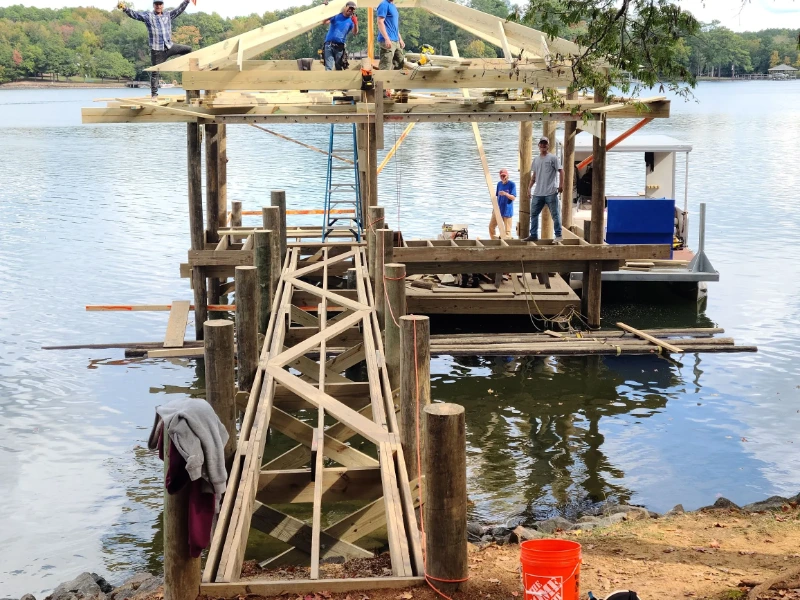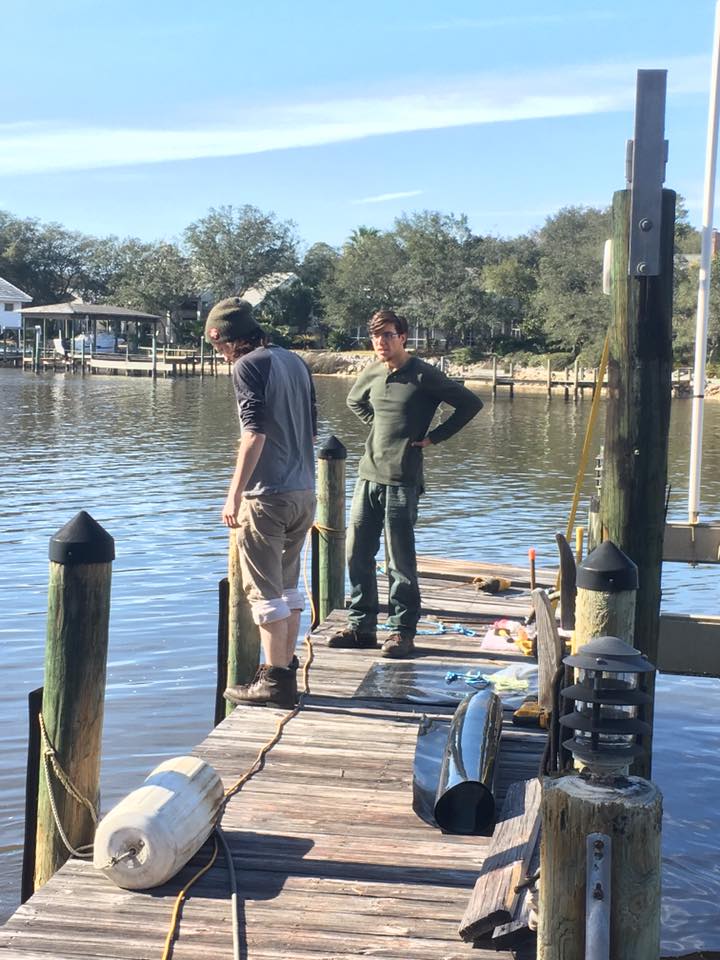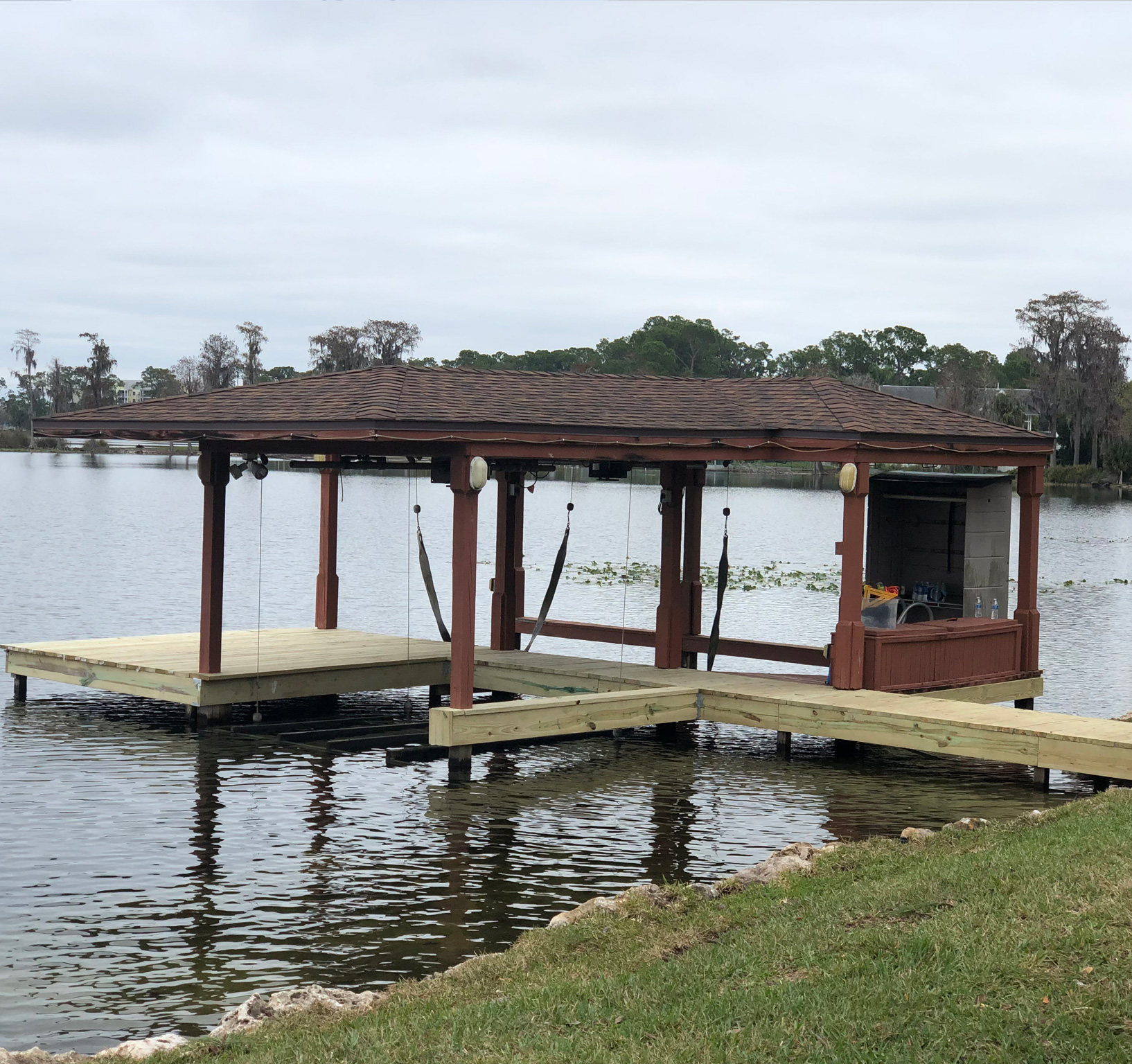Comprehending the Prices Involved in Dock Repairs
Comprehending the Prices Involved in Dock Repairs
Blog Article
Exactly How to Address Common Dock Repair Service Issues for Safe Water Tasks

Identifying Common Dock Issues
Recognizing typical dock problems is crucial for maintaining the capability and safety of your waterfront residential or commercial property. Routine examinations can help uncover issues before they come to be severe, ensuring both the longevity of the dock and the security of those who utilize it. One widespread problem is corroded or loose fasteners. Gradually, screws, bolts, and various other bolts can come to be loosened due to constant exposure to water and weather condition components, causing structural instability.
Another common problem is the degradation of flotation devices. These tools are necessary for keeping the dock buoyant, and any damage or leaks can cause the dock to list or sink. Consistently looking for leakages or water logged drifts can preempt a lot more substantial issues.
Additionally, algae and barnacle accumulation on the dock's surface area can develop hazardous and slippery problems. This biofouling not just presents a danger to users yet can additionally increase the wear and tear of the dock materials.
Lastly, checking for indications of rust on metal parts is vital. Rust can endanger the stability of the dock's structure, making it harmful. By regularly determining these usual dock concerns, you can make sure that your dock remains useful and safe and secure for years ahead.
Fixing Rotting Wood
When addressing the concern of rotting timber on your dock, it is imperative to act promptly to stop more damage. Begin by thoroughly evaluating the entire structure to identify all affected areas. Use a screwdriver to penetrate the timber; if it sinks in quickly, the timber is likely decayed and requires immediate interest.
Be certain to cut back to healthy, strong timber, ensuring you eliminate all compromised product. After elimination, treat the staying wood with a wood chemical to protect against future rot.
Next, change the gotten rid of sections with marine-grade lumber or pressure-treated wood, which are much more immune to water damage. Secure the brand-new pieces with stainless-steel or galvanized fasteners to stop deterioration. Furthermore, using a water resistant sealer to the brand-new wood can offer an extra layer of defense.
Securing Loose Boards
Exactly how do you guarantee your dock continues to be useful and risk-free for all its customers? One important element is securing loose boards, which can or else present significant risks. Loose boards not only increase the threat of tripping yet can likewise compromise the structural honesty of the whole dock.

For reinstallation, make use of galvanized or stainless steel screws, as these products provide exceptional resistance to corrosion in aquatic atmospheres. Make sure the screws are long enough to permeate deep into the underlying support structure, but not so long that they extend through the dock's surface. Pre-drilling pilot holes can help avoid the timber from splitting.
Last but not least, maintain a normal inspection routine to identify and attend to any type of brand-new concerns without delay. By safeguarding loose boards successfully, you add to the general safety and durability of your dock, making it a trusted platform for water activities.
Stabilizing Unsteady Pilings
Guaranteeing the stability of unsteady pilings is critical to preserving a practical and safe dock. Unstable pilings can endanger the entire structure, posturing substantial threats to users and potentially leading to costly repair work. The initial step in stabilizing these crucial components is a thorough assessment. Take a look at the pilings for indicators of rot, damage, or moving. Utilize a degree to look for upright alignment and ensure they are driven deep enough into the substratum to supply sufficient support.
If the pilings are discovered to be unpredictable, one reliable method for support is making use of extra supporting. Cross-bracing with treated lumber or galvanized steel can substantially improve stability. Anchor the braces safely to both the pilings and the dock framework to disperse loads uniformly.

Regular upkeep and routine review of the pilings' stability are important to guaranteeing long-term dock safety and performance.
Changing Rusty Equipment
Addressing unsteady pilings is simply one aspect of preserving a dock's honesty; another essential concern is changing rustic hardware. In time, exposure to dampness and salt can cause the oxidation and corrosion of braces, screws, and bolts, endangering the entire framework's safety. Routine evaluation for corrosion is crucial, especially after severe climate or seasonal adjustments.
When rustic hardware is recognized, instant action is required. Begin by selecting marine-grade stainless steel or galvanized hardware, both made to withstand the severe aquatic setting. Make sure that you have the proper tools, such as screwdrivers and wrenches, to securely eliminate the old, rusty pieces without creating additional damages to the dock.
After removing the rustic hardware, you can look here completely clean the affected locations to eliminate any recurring corrosion or particles. Use a rust-inhibiting guide to revealed steel surfaces before installing the new hardware. Tighten up all fixtures securely to stop future helping to loosen, and periodically check the installations to guarantee ongoing security.
Replacing rustic hardware not just prolongs the dock's life expectancy yet likewise dramatically boosts the safety and security of water activities. By proactively handling rust, you protect both the framework and its users, making certain a pleasurable and protected waterside experience.
Verdict
Normal examinations and upkeep are crucial to attend to usual dock repair service issues and guarantee safe water tasks. Such aggressive measures add to the overall safety and security and performance of dock frameworks, cultivating a protected setting for water-based activities.
Making certain the safety and security of water activities pivots significantly on the proper maintenance and repair of docks (Dock Repairs). These devices are essential for keeping the dock resilient, and any type of damages or punctures can cause the dock to list or sink. By routinely determining these typical dock problems, you can ensure that your dock stays protected and functional for years to come
Making certain the stability of unstable pilings is paramount to preserving a useful and risk-free dock.Normal evaluations and maintenance are essential to address typical dock repair work problems and make sure safe water tasks.
Report this page